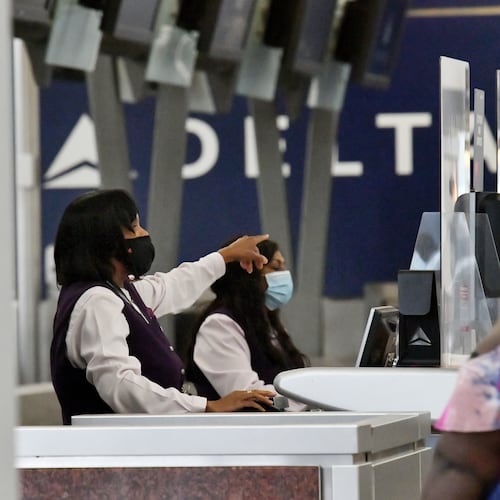It wasn’t exactly a New Coke moment, but Coca-Cola’s hopes of revving up soda sales by putting it in a trendy new form fell flat last week.
Attempting to do for sodas what it did for coffee, java king Keurig last September partnered with Atlanta-based Coke to launch Keurig Kold, a single-soda dispenser that Coke CEO Muhtar Kent at the time called a “game-changer.”
Just nine months later, the game is over. Keurig, saying the product failed to meet expectations, discontinued the machine and promised to refund consumers who had purchased it.
The retrenchment is both a setback for Coke, which has been looking high and low for anything that might prop up soda sales, and a cautionary tale about corporations latching on to trends.
Coke was enticed to team up with Keurig in part by Israel-based SodaStream’s launch of a single-serve home dispenser in the late 2000s, which seemed to demonstrate a market.
Two years ago, the beverage behemoth purchased a 10 percent stake in Vermont-based Keurig for $1.25 billion and increased its investment to slightly more than 17 percent over time as part of a sales agreement.
“These incremental purchases demonstrate our continued belief that Keurig Green Mountain has substantial growth potential,” Coke said in a May 2014 statement after increasing its stake to 16 percent.
Keurig had found major success with its coffee machines, despite some backlash against the plastic waste created by all those individual K-cups.
But Keurig Kold, the soda version that Coke helped bankroll, bombed. One reason was a more than $350 price tag that consumers rejected as too expensive. Pods, sold in sets of four that made 8-ounce drinks, cost as much as $5, much more per ounce than they would cost as a six pack at a grocery store.
(By contrast, a SodaStream machine costs just under $100. It offers limited quantity flavor pods from Pepsi, Welch’s and Sunny D, but lately SodaStream has emphasized flavored and sparkling waters, a growing category in the beverage sector.)
In addition to its price, customers complained that Kold took up too much kitchen counterspace, was noisy and did not always brew drinks properly.
Mike Musso, a managing director at Conway MacKenzie, said innovating in a declining category is difficult. Keurig’s single-serve coffee process helped coffee drinkers eliminate the need to make a pot of java when a cup was all that was needed.
Soda is already sold individually, he noted.
“Consumers respond to a solution,” said Musso, who is leader of Conway’s consumer packaged goods advisory services. “You are solving a problem. They (sodamakers) were not solving a problem.”
Coke took Kold’s failure on the chin.
“Our partnership with Keurig on the Kold platform has provided a great opportunity for innovating and learning about new technologies that can deliver our beverages to consumers,” the company said in a statement last week.
At one point in 2015 Coke was about $1 billion in the hole on its Keurig stake, after the smaller company’s stock declined, according to a Wall Street Journal report at the time.
But Coke said it ultimately recouped its investment after Keurig was sold to a private equity firm for $13.9 billion in December, and even made a profit of about $25.5 million in the process.
Cliff Oxford, founder of the Oxford Center for Entrepreneurs and a blogger for Forbes, said Keurig and Coke officials ignored warning signs.
SodaStream had reported two years of declining sales before Kold was released, a signal the single-serve market was soft. That, combined with carbonated drink woes, should have been a hint that the product would be a tough sell, he said.
“Lesson for all of us: Knowing your customer and having the data to backup conference room decisions are vital to entrepreneurs rolling out products,” he said.
About the Author
Keep Reading
The Latest
Featured


